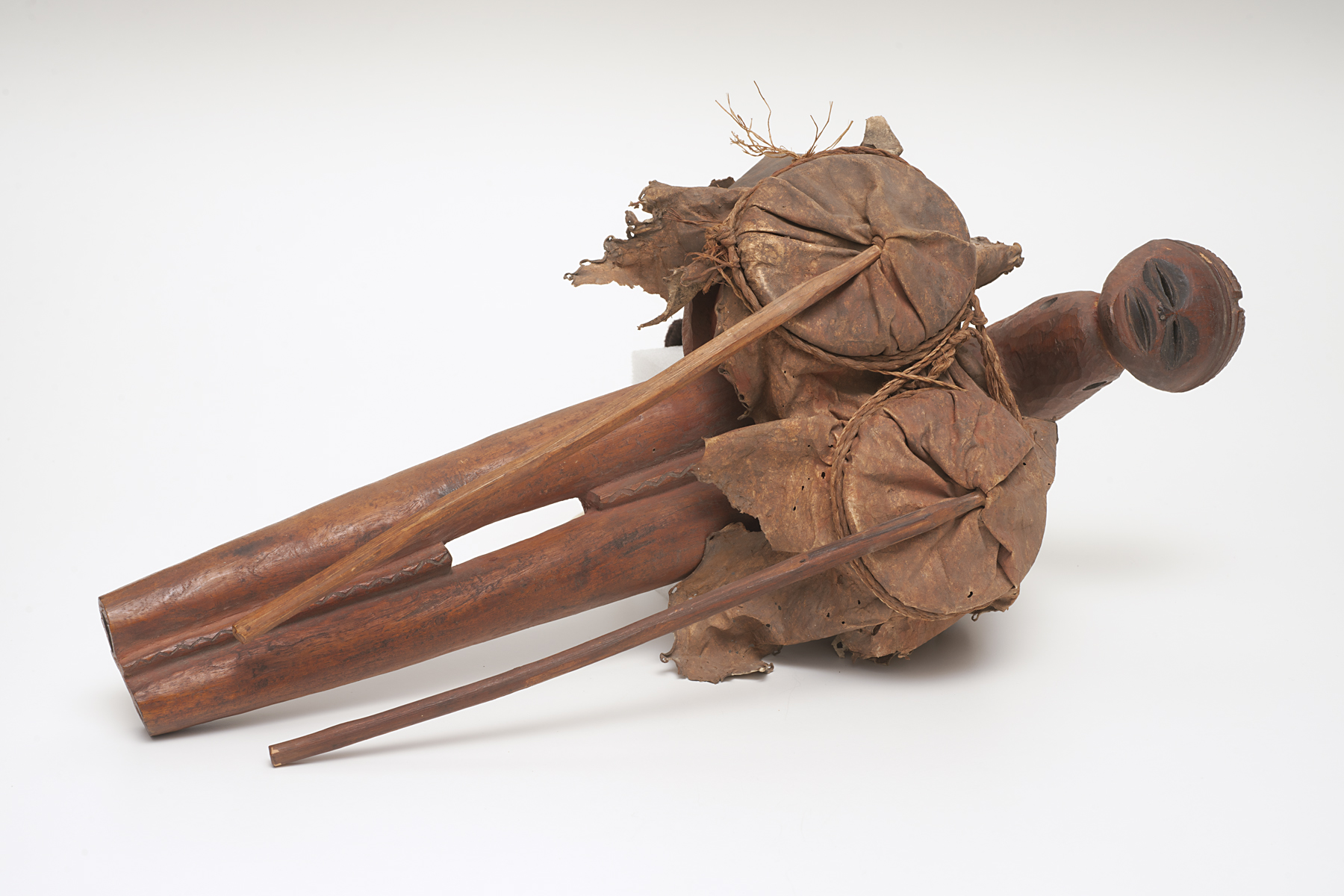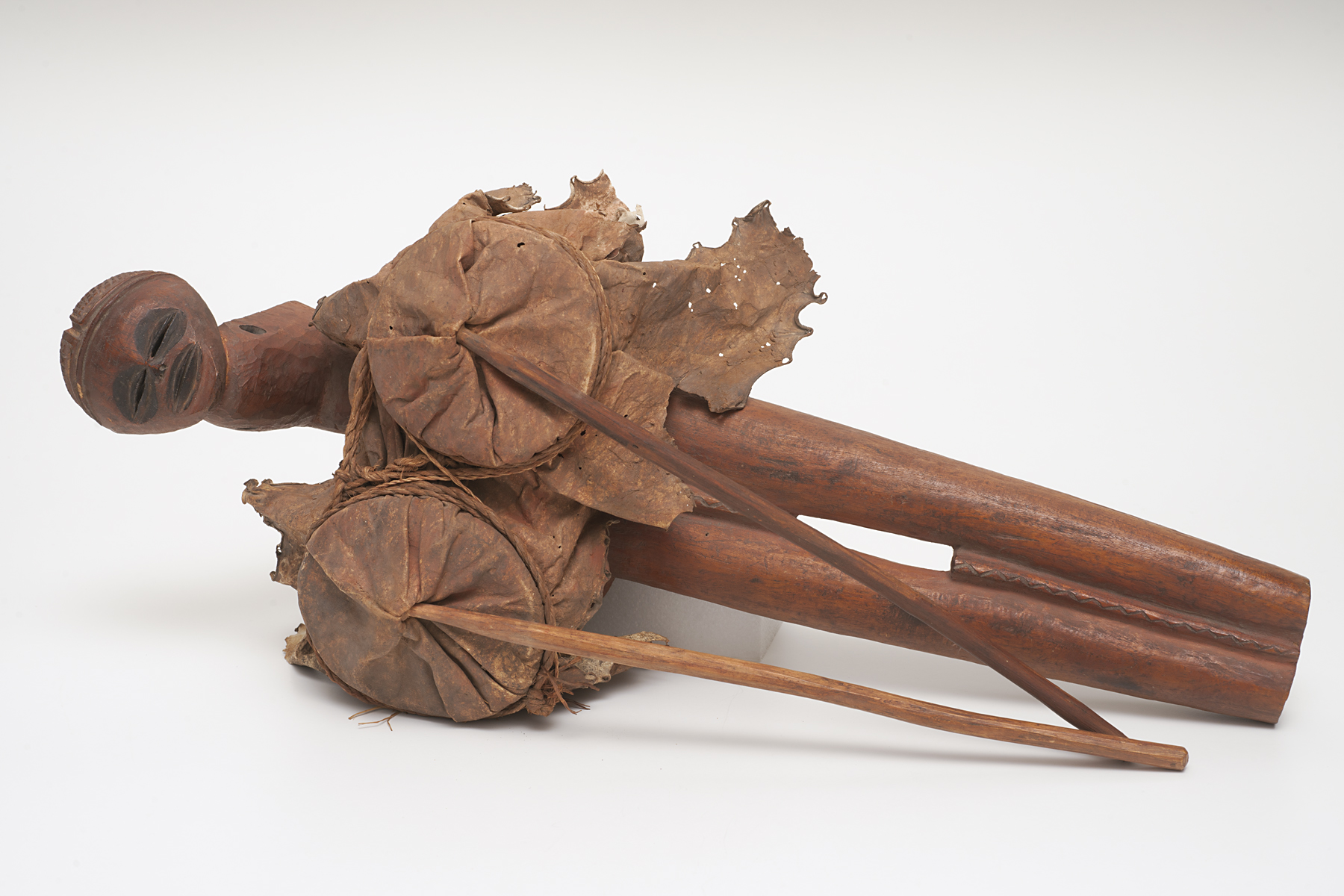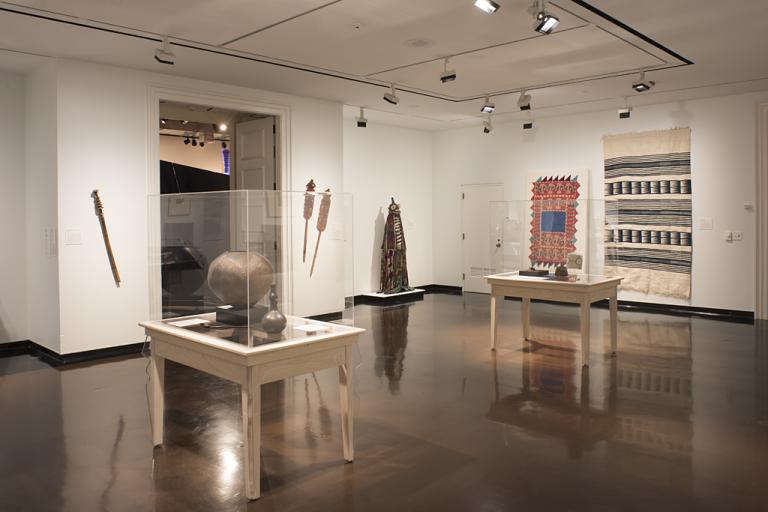bellows, unrecorded Chokwe artist
Artwork Overview
unrecorded Chokwe artist, artist
bellows,
late 1800s–1908
Where object was made: Angola
Material/technique: pigment; leather; carving; wood; cord
Credit line: Gift of Claude D. Brown
Accession number: 2007.3138
Not on display
If you wish to reproduce this image, please submit an image request



